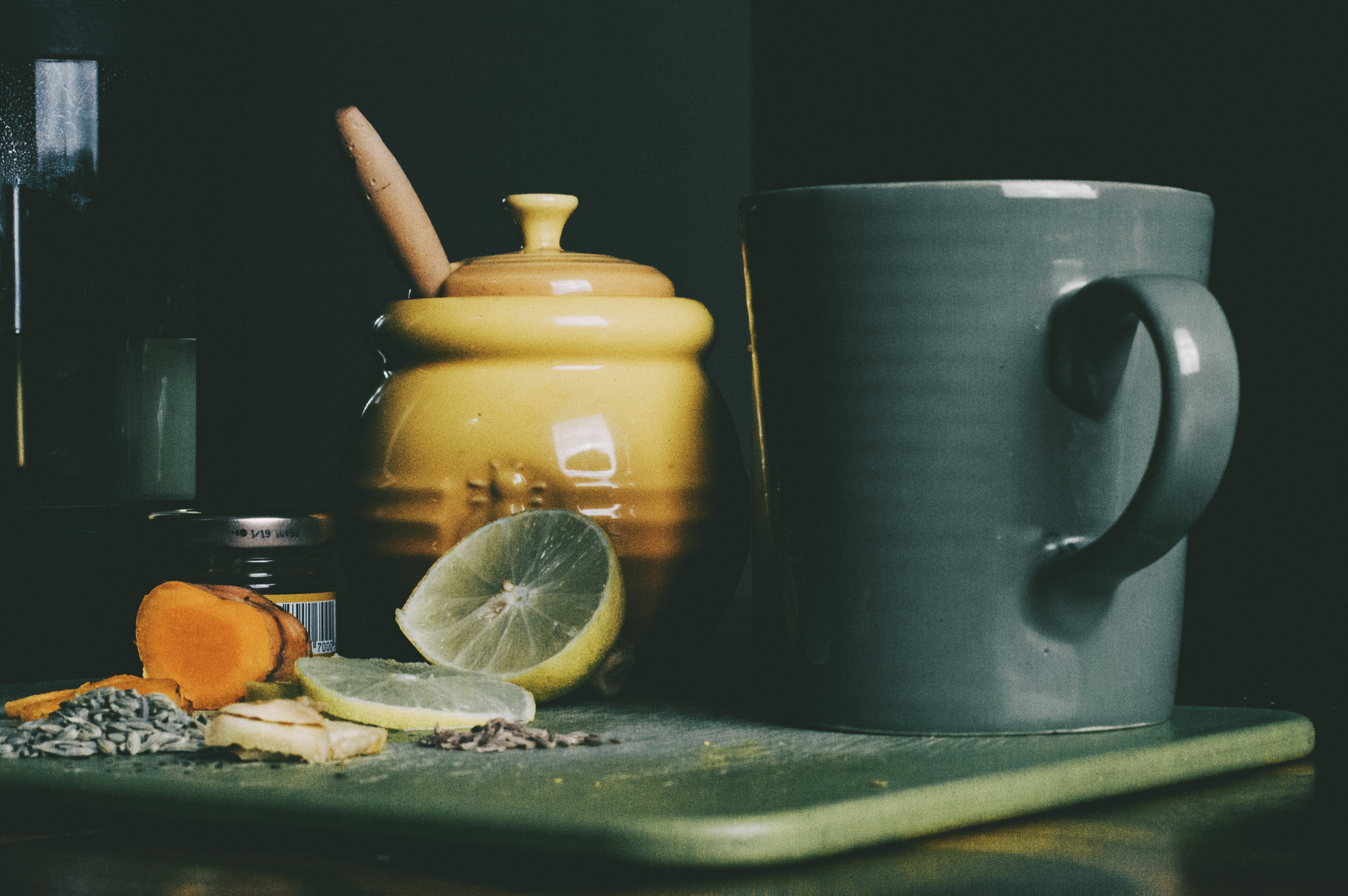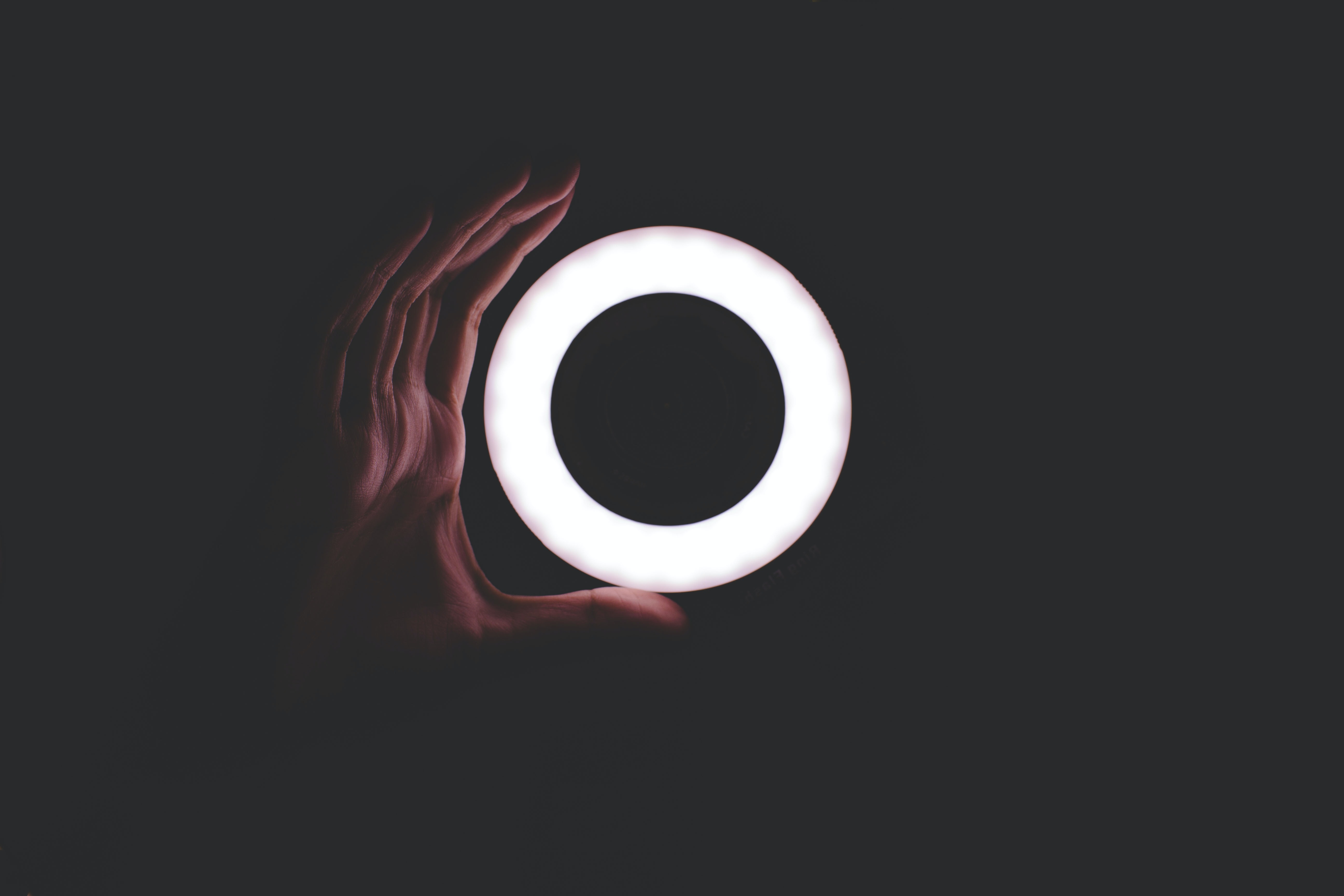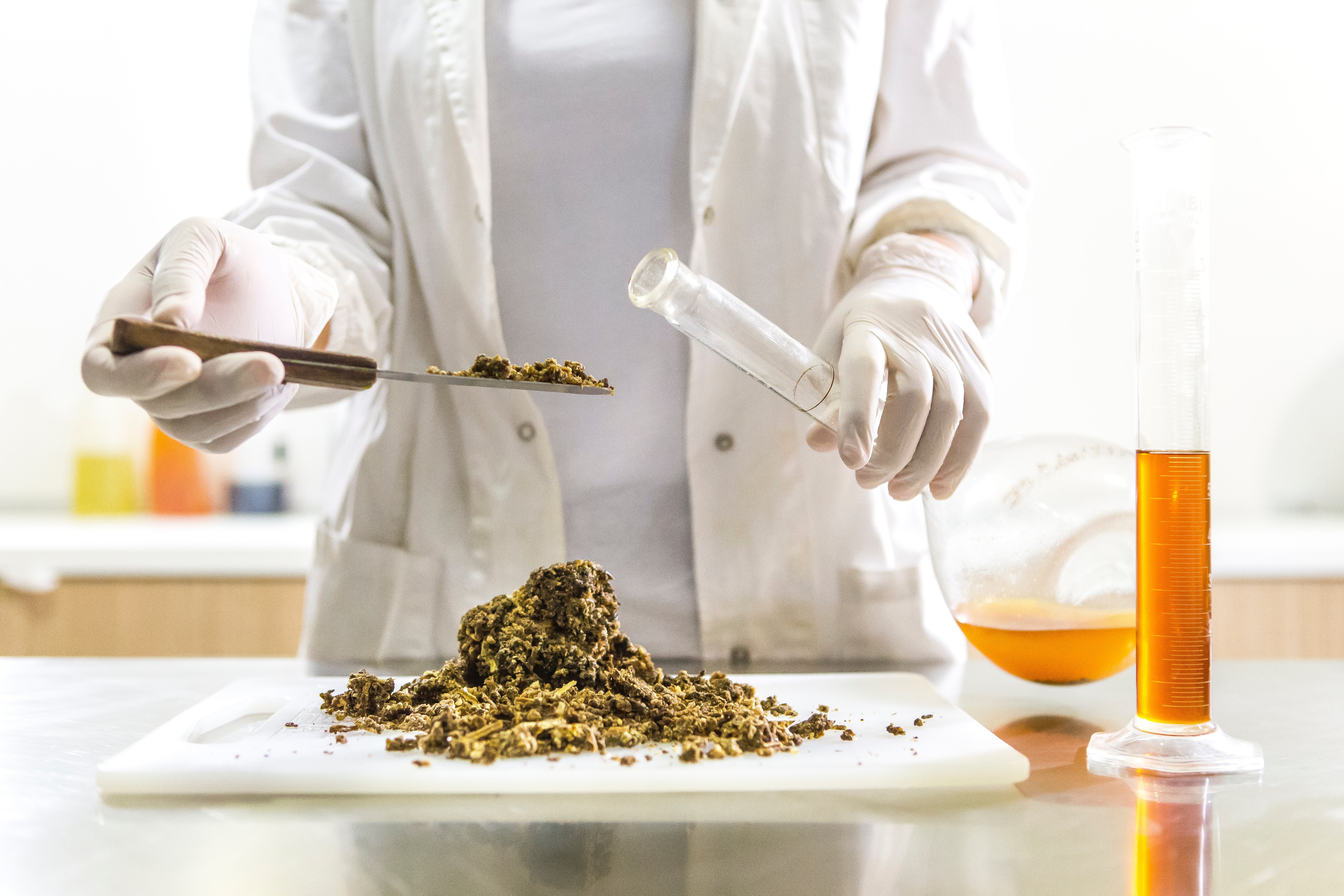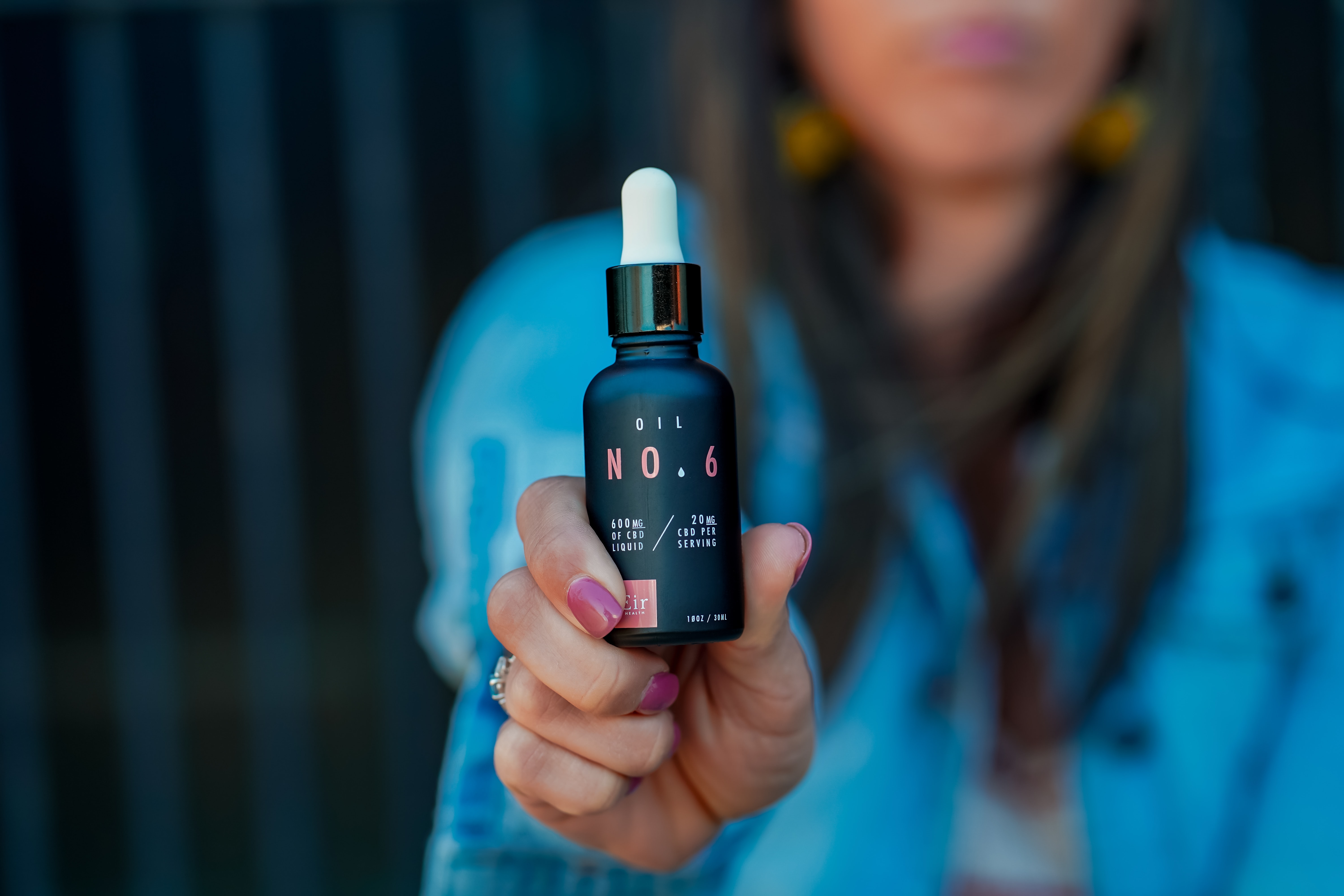
Do you ever feel sad during the winter?
Do you find yourself looking at old pictures of you tanning at the beach, or hiking a trail in the sunshine, or cruising down a lazy river? Well, you’re not alone.
A lot of people find that shorter days, sunless grey skies, and bitterly cold weather puts them in a bit of a funk. Some people feel so down during the winter months that they begin developing depression, anxiety, and fatigue.
Scientists like to call it Seasonal Affective Disorder (SAD), but it’s most commonly known as the winter blues, and it affects more people than you think.
In fact, millions of people suffer from Seasonal Affective Disorder, however “women, young people, and those who live far from the equator” are the ones who suffer from it the most. Not to mention, if depression runs in the family, you’re more likely to develop SAD during those undesired months.
But don’t let its name scare you too much. SAD is a type of depression that usually fluctuates with the seasons, typically starting in late fall and ending in late spring.
SAD symptoms usually include the following:
-
Sadness
-
Irritability
-
Agitation
-
Anxiety
-
Decreased mood and low self-esteem
-
Difficulty concentrating
-
Feeling worthless and hopeless
-
Withdrawal from social situations
-
Loss of interest in hobbies, activities or things you find enjoyable
-
Low energy or fatigue
-
Feeling sluggish
-
Sleep problems (insomnia or oversleeping)
-
Sugar and carbohydrate cravings
-
Overeating or poor appetite
-
Weight gain or weight loss
-
Thoughts of suicide or death
Because Seasonal Affective Disorder is a type of depression, doctors typically prescribe antidepressants to help bring balance back to the brain.
But we all know that while antidepressants have their place, they often cause unwanted side effects.
Is there a healthy alternative?
Thankfully, according to research, 30 to 50 percent of people with SAD don’t always, if ever, experience all of the above symptoms. And they usually feel better once they enter the summer months.
But before you decide to sell everything you own and put your house on the market so you can live in the tropics, there are a few remedies you may want to try first to help you fight the winter blues.
1. Light therapy for Seasonal Affective Disorder

Believe it or not, research shows that individuals who suffer from seasonal affective disorder actually have a problem with the regulation of their neurotransmitters –– specifically Serotonin, which helps balance mood.
In fact, one study showed that “people with SAD had 5% more SERT, a protein that assists with serotonin transport, in the winter months than in summer. SERT transports serotonin from the synaptic cleft to the presynaptic neuron, so higher SERT levels lead to lower serotonin activity, thus causing depression.”
In layperson’s terms, this means that during the summer there’s more sunlight, and according to research, sunlight naturally keeps our SERT levels low.
But as we enter into the late fall, our days get shorter and greyer, thus providing our body with less sunlight, which decreases our serotonin activity.
Studies also show that individuals with SAD also struggle with an overproduction of melatonin –– “a hormone produced by the pineal gland that responds to darkness by causing sleepiness.”
As we enter into those grey winter days, “melatonin production increases and, in response, those with SAD feel sleepy and lethargic. Although melatonin likely plays a role in impacting the symptoms of SAD, it cannot by itself account for these phenomena.”
So why is our serotonin activity and melatonin levels so important?
When our serotonin decreases and our melatonin increases, it affects our circadian rhythms –– a 24-hour cycle that affects our mental, physical, and behavioral changes.
This internal 24-hour clock or cycle responds to the “rhythmic light and dark changes” which occur throughout the fluctuating seasons.
And for those who struggle with Seasonal Affective Disorder, their circadian signals are thrown off so much that they can’t indicate which season it is, thus making it incredibly hard for their bodies to adjust properly.
Not to mention, with greyer days and lack of sunlight exposure, Vitamin D deficiencies can arise. In fact, people with SAD already produce less amounts of vitamin D. And according to research, vitamin D deficiencies are actually associated with symptoms of depression.
This is where light therapy comes into play.
Light therapy involves a box-shaped device that projects a bright light which mimics natural sunlight.
Many people use this device while they work at their desk, or they set aside 10-20 minutes to sit directly in front of it for light exposure.
In order for light therapy to be effective, you’ll want to sit directly in front of the light box and let the light enter directly into your eyes. However, it’s important that you don't look into the light directly as it could cause eye damage.
Lastly, be sure to give light therapy plenty of time to work. It’s best to stay consistent if you want to see promising results.
According to the Mayo Clinic, light therapy is safe and people rarely experience side effects, which are very mild and don’t typically last long.
Just be sure to steer clear from light therapy boxes that don’t filter out harmful ultraviolet (UV) light. As you may know, UV light causes damage to the eyes and skin—which is why tanning beds are not a safe alternative to light therapy boxes.
The biggest concern with light therapy boxes is that they may trigger mania, which is an issue for those who struggle with bipolar disorder.
It’s best to seek professional medical advice before exposing yourself to light therapy boxes, if you severely suffer from Seasonal Affective Disorder.
2. Exercise regularly for Seasonal Affective Disorder

One of the best ways to beat the winter blues is to force yourself to exercise and stay active—especially if you can combine it with light therapy.
Psychologist Scott Bea, PsyD, stated that, “moving your body will compete with that tendency to be sluggish and can produce good brain chemistry.”
Not to mention, exercise helps release endorphins and endogenous opioids, both of which help address the perception of pain, fatigue, and other symptoms of depression.
And finally, aerobic exercise shows huge promise in addressing nonseasonal depression, but research shows that doing daily sessions of light therapy and aerobic exercise have been proven to significantly reduce depression.
For most folks, outdoor exercise is more intriguing than hitting the gym, but getting out in the bitter cold isn’t always an option. But there are a few exercise activities you can explore if exercising indoors isn’t in the cards:
-
Skiing definitely takes time to perfect, but the process is fun and very active. It helps get the body warm in those extreme cold months. Plus you get natural sunlight and fresh air.
-
Sledding is another fun activity to do in the winter. You just need to make sure you have enough snow.
-
Hiking is a great activity in all seasons. In the winter it’s important to bundle up and eat enough food to keep your body warm.
-
Biking helps keep the body moving and can definitely increase natural endorphins. But like hiking, it’s important that you dress warm and use caution with outdoor weather conditions.
The best thing about aerobic exercise is that it helps release oxygen throughout your body and it increases your heart rate. But if you find that getting into aerobic exercise is hard, you might want to try walking and/or yoga.
3. Eat a healthy balanced diet for Seasonal Affective Disorder

Incorporating high-quality, organic proteins, vegetables, and carbohydrates can make all the difference in how you handle the winter blues.
Simply developing healthy eating habits can boost your immune system, enhance your mood, and increase your mental state.
And according to research, our gut microbiota is our second brain. Which means what we eat will affect your serotonin levels.
What’s more, processed and inflammatory foods can affect your mental health and may bring on unwanted symptoms of depression.
The more you focus on a balanced diet that’s packed with high quality minerals, vitamins, amino acids, and other beneficial nutrients, the more you’ll likely notice the following:
-
Better focus
-
Increased motivation
-
Higher energy
-
Healthier organs
-
Stronger muscles
-
Better mental health
-
And much more…
Finally, when you adopt a healthy diet, you consume important nutrients that balance and regulate serotonin and melatonin levels.
These nutrients include:
-
Vitamin D
-
Omega 3 fatty acids
-
Vitamin C
-
And more
And if you find that you need more of these nutrients than what you’re getting from your food, you can always supplement with them.
4. CBD oil for Seasonal Affective Disorder

Besides the fact that CBD oil is a powerful anti-inflammatory, it’s also known to be a great antioxidant and effective antidepressant.
In fact, studies show that CBD can produce calming anti-anxiety, antidepressant, and anti-stress effects.
Other studies show that CBD stimulates our natural endogenous endorphins and cannabinoids like Anandamide.
And if there’s one thing you should know about Anandamide, it’s an endogenous cannabinoid that naturally exists in the human body. It’s known as the bliss molecule and helps keep the human mind and body happy and comfortable. The more anandamide we have, the happier we are.
There’s just one little problem: Anandamide is a very short-lived endocannabinoid. Many people who struggle with mental depression and other mental disorders actually don't produce enough Anandamide.
This is where high-quality CBD oil could help.
Studies show that CBD may help prevent Anandamide from breaking down too quickly, thus boosting mood and mental health.
Finally, we think it’s important to note that CBD oil may increase motivation and improve neural pathways—both of which help to improve memory, brain function, and other creative brain activity.
CBD oil also helps improve restful sleep when consumed in higher doses, and when smaller doses are consumed it can actually promote wake-inducing effects.
Now it’s important to note that dosage is a huge and highly debated subject. What works for one person may or may not work for another.
But if you’re just starting out with CBD oil, it’s best to start slow and with a low dose. CBD oil affects each person differently and needs to be consumed with caution.
Nevertheless, consuming premium, organic CBD oil regularly may actually help regulate your circadian rhythms.
But the key is to consume only high-quality CBD oil products that come from reputable hemp companies.
Where to buy high-quality CBD

The best place to find premium CBD products is online.
Why?
Because reputable CBD companies will always post all their detailed information about their products on their websites. They do this to be completely transparent and leave no room for worry and doubt.
They also offer top-of-the-line customer service to those who have questions, concerns, or thoughts.
Keep in mind that if you plan to add high-quality CBD products to your daily regimen, you should consult with your doctor beforehand—especially if you’re currently on prescription medications like antidepressants.
CBD oil is a powerful molecule and it’s not something you should play around with. However, we do encourage you to experiment with dosage when you do start supplementing with CBD oil.
We also want to encourage you to give other CBD products a try, such as:
-
And other unique CBD products
CBD for the winter blues

While we know sunshine makes anyone feel better, sometimes a grey, rainy, cold day is needed… just not everyday for months.
That said, we understand why so many people feel down and out when they enter the late fall through late spring months.
But we’re happy to report that there are some healthy and natural remedies that could combat the nagging and often debilitating symptoms of Seasonal Affective Disorder.
Thankfully, incorporating light therapy, exercise, a healthy diet, and quality CBD products into your daily regimen may be the answer to addressing those nagging symptoms associated with the winter blues.
Just be sure to be consistent and stay positive! Nothing happens overnight. As always, we’re here to inform, so feel free to check our other blog topics regarding how CBD can improve your overall life.


